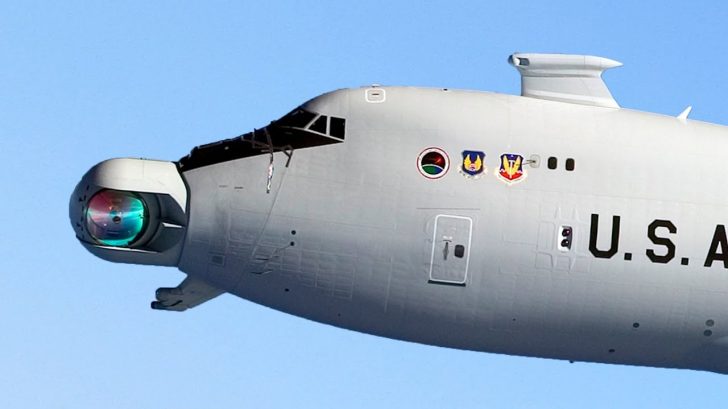X-51 Waverider
The Waverider is Boeing’s unmanned experimental scramjet aircraft designed to reach hypersonic speeds of Mach 5 at 70,000 feet. It measured 25 feet in length and was powered by a Pratt & Whitney Rocketdyne SJY61 scramjet engine and an MHM-140 ATACMS rocket booster.
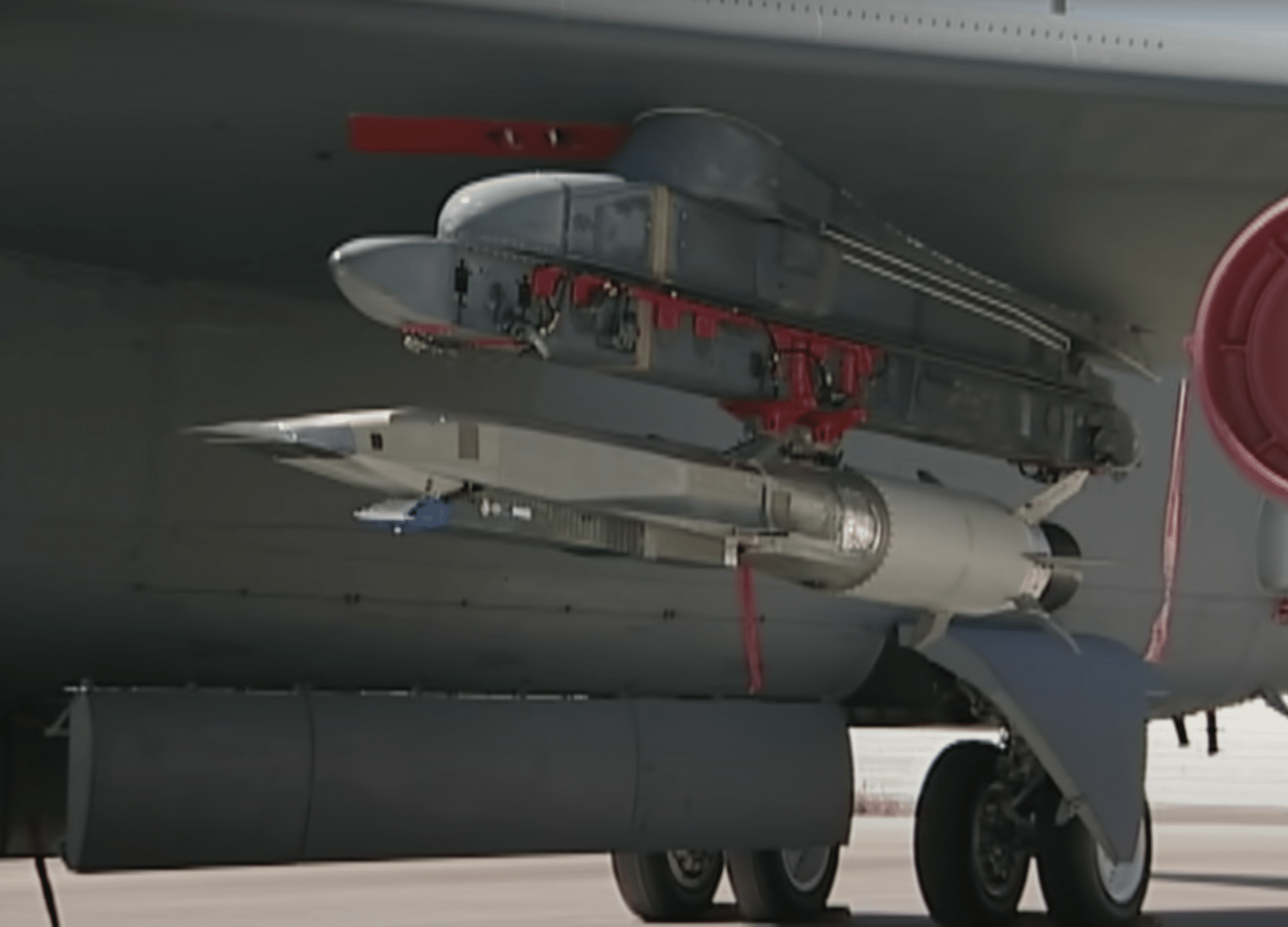
The aircraft performed its first successful flight test on May 1, 2013, after detaching from a B-52H Stratofortress. Its rocket booster powered the X-51 to Mach 4.8 before its main engine took over and accelerated to Mach 5.1 for 210 seconds. This test became the longest air-breathing hypersonic flight in aviation history.
The program was considered completed after the completion of the test.
YAL-1
Boeing decided to mount a megawatt-class chemical oxygen iodine laser (COIL) inside a modified Boeing 747-400F. COILs had six interconnected modules that were as large as an SUV, weighing about 6,500 lbs each.
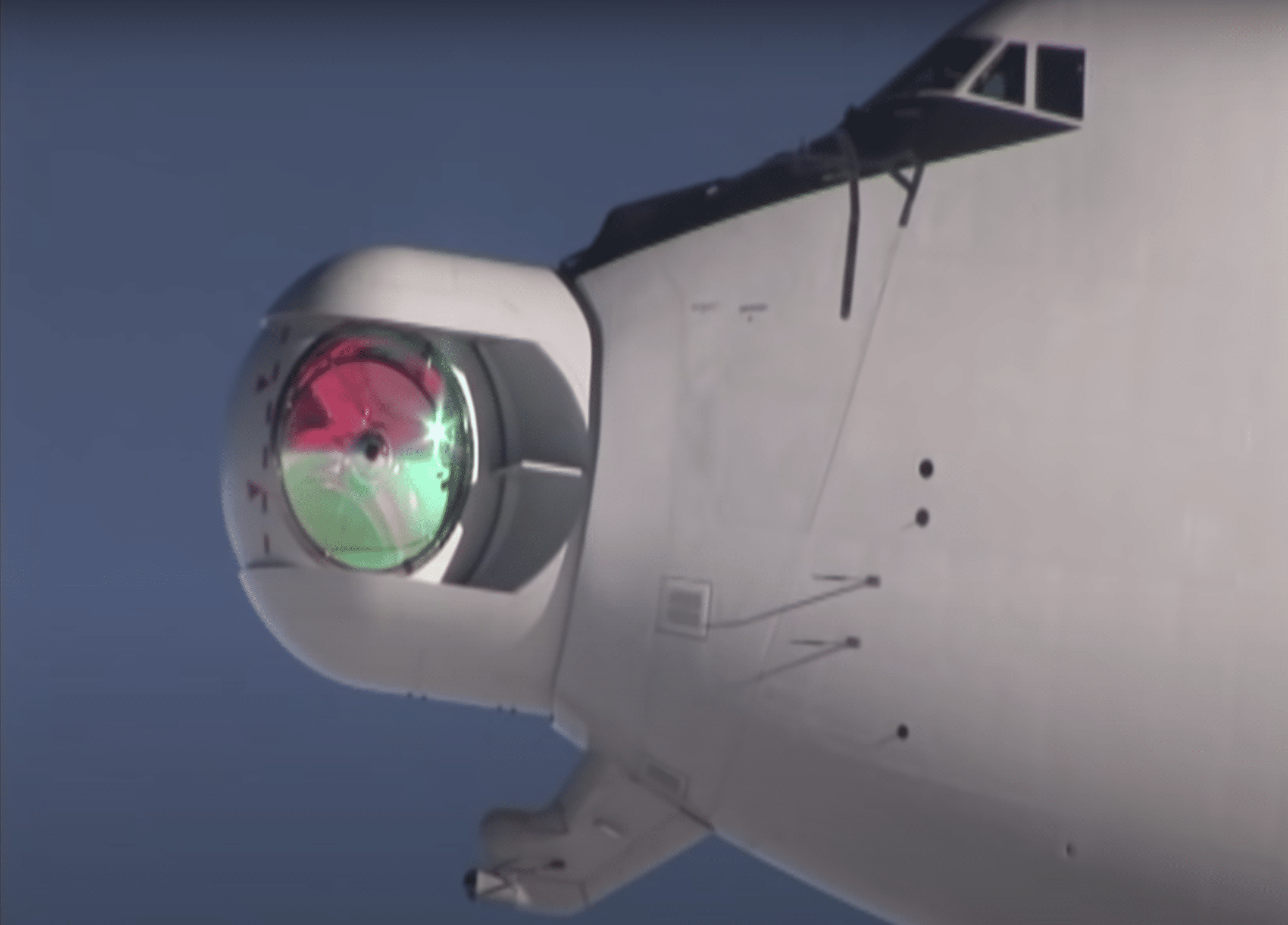
This creation was designed to counter tactical ballistic missiles during their boost phase but was ultimately scrapped in 2014 after funding was cut in 2010.
Still, the Airborne Laser Testbed was a significant prototype that explored the idea of using lasers in combat.
Shuttle Carrier Aircraft
When you think of an aircraft that’s perfect for a shuttle carrier role, you might think of the Lockheed C-5 Galaxy. However, NASA rejected the C-5’s high-wing design and opted for the Boeing 747’s low-wing design.
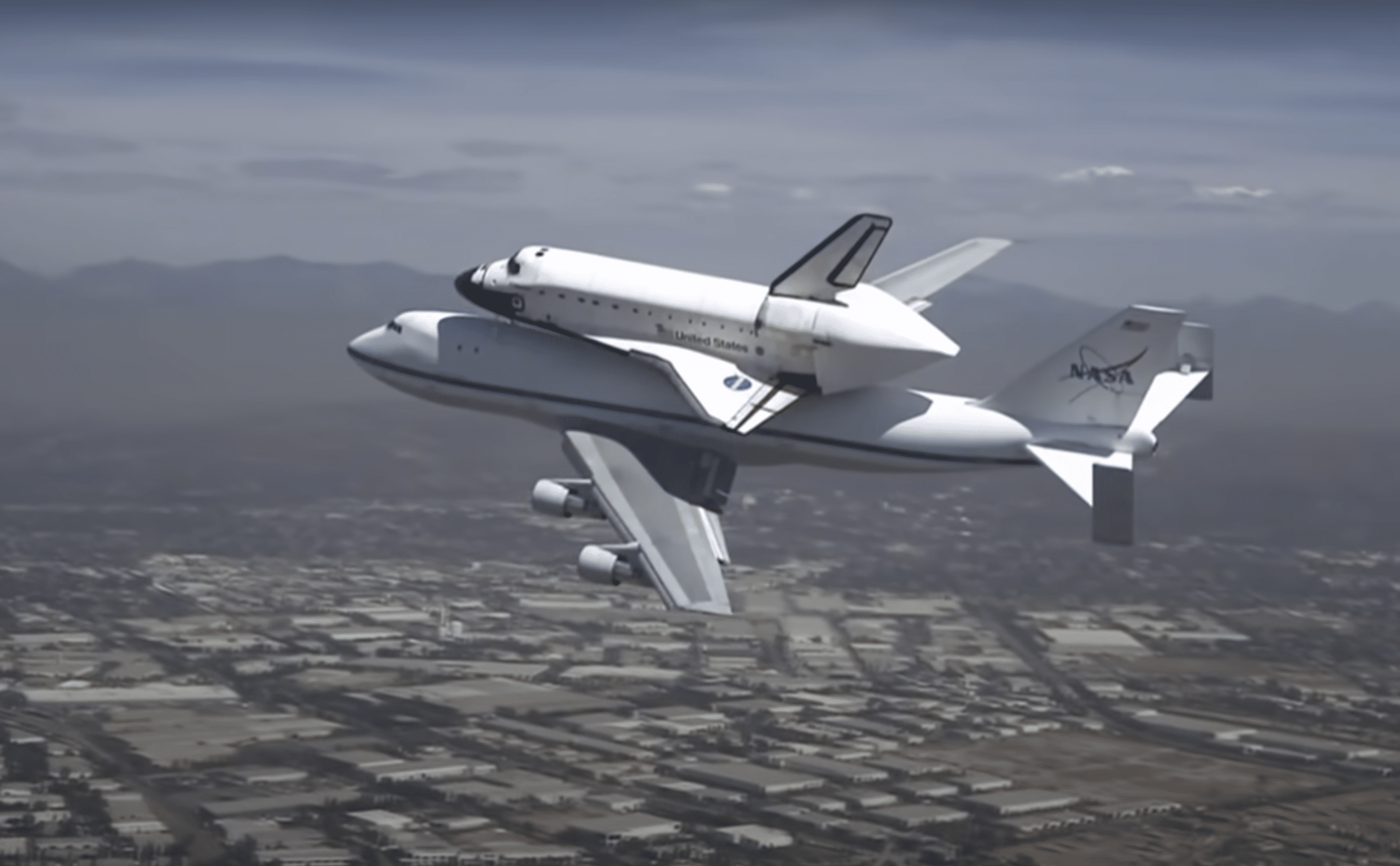
By using the SCA, the orbiter is mounted on top of the shuttle carrier and detaches during flight. There were only three taxi tests, eight captive flight tests, and five free-flight tests in total.
The last ferry flight took off in September 2012 before the two SCA prototypes officially retired a year later.
AV-8B Harrier II
Developed from the Hawker Siddeley Harrier, the McDonnell Douglas (now Boeing) Harrier entered into service in 1985 with the US Marine Corps.
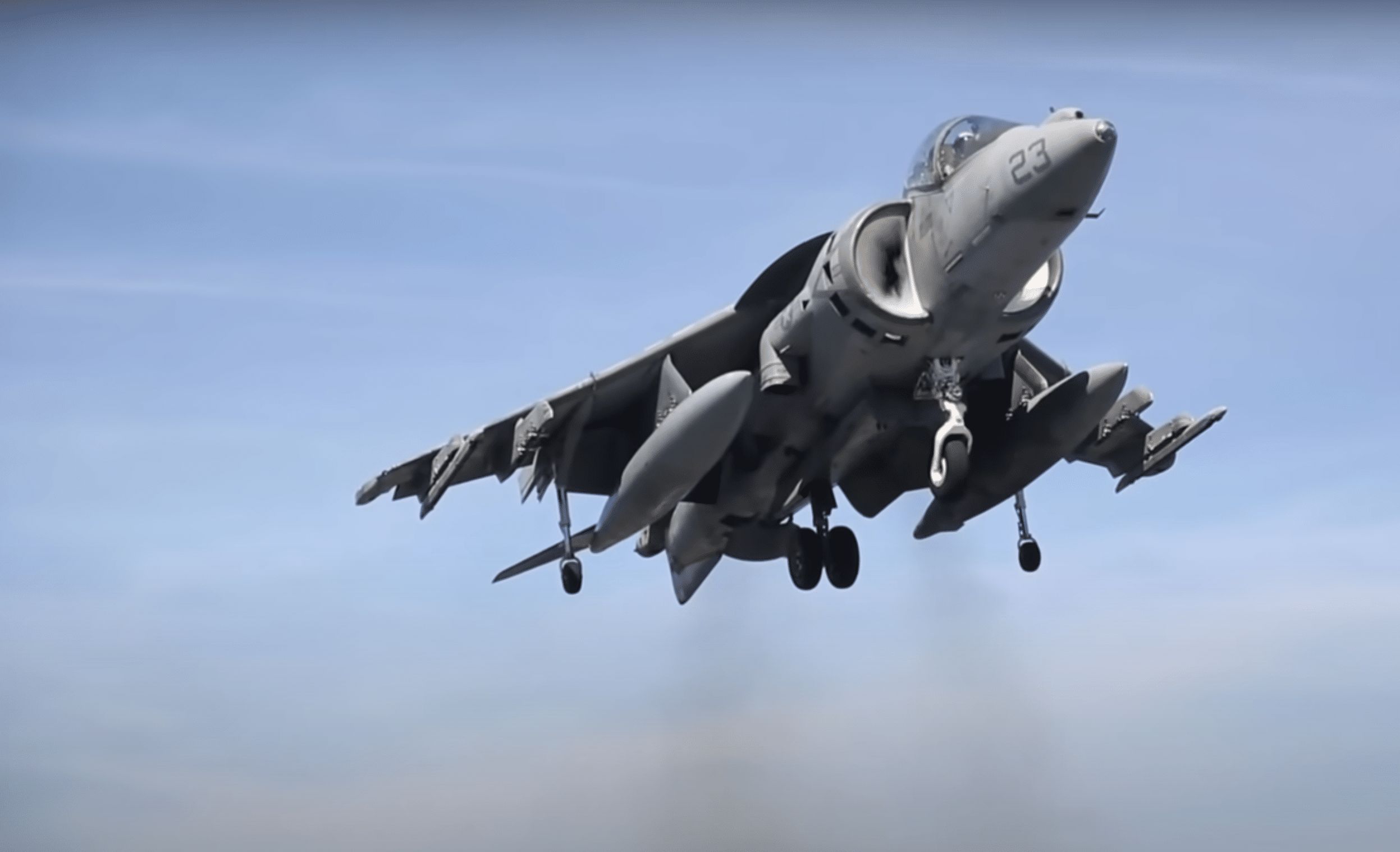
Harriers are powered by a single Rolls-Royce Pegasus turbofan engine that receives airflow from two intakes. Its exhaust is routed through four nozzles – two at the cold end of the engine and the other two near the hot end.
AV-8Bs are usually operated from small aircraft carriers and simple forward-operating bases, proving themselves to be a very versatile asset.
Almost forty years after its introduction to service, the USMC is now slowly replacing its Harriers with the new Lockheed Martin F-35B Lightning until 2025.
E-3 Sentry
The Sentry is an airborne warning and control system (AWACS) first introduced in the late ‘70s. Its tasks are performed by the crew assigned to 14 command and control stations within the aircraft. But perhaps the most interesting part about the E3 is its rotating radar dome above the fuselage.
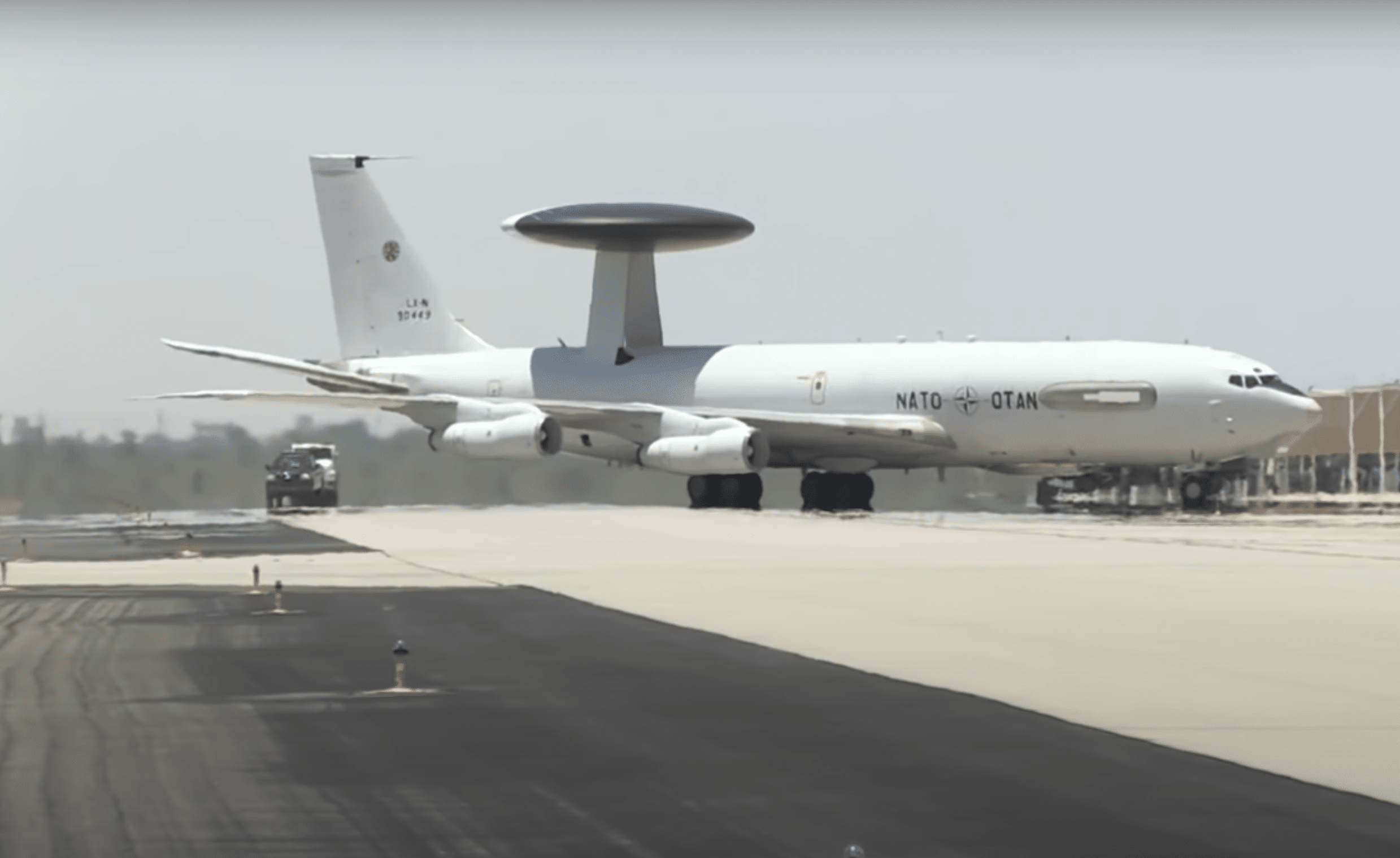
The unpressurized dome is 30 ft in diameter and 6 ft thick at the center. To reduce drag, the dome is tilted down at the front and controlled electronically by radar antenna phase shifters. The rotodome permits the highly advanced AN-APY-1 and AN/APY-2 radar systems to provide surveillance from the surface of the Earth and up to the stratosphere. As you might have known by now, this aircraft is still in service today.


